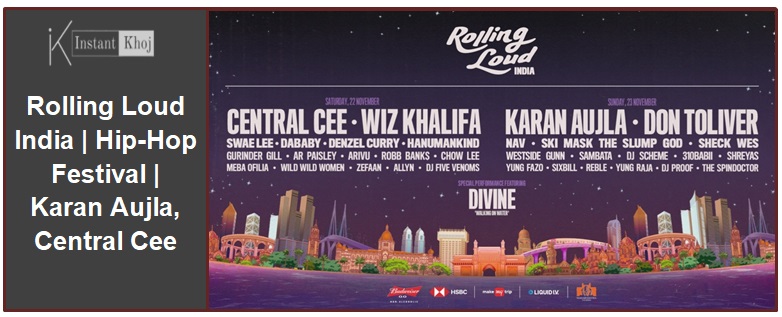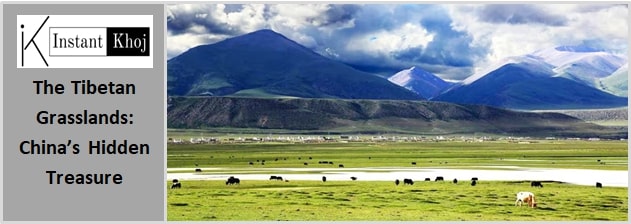India, with its rich tapestry of cultures, empires, and revolutions, holds one of the world’s oldest and most diverse histories. From the ancient Indus Valley Civilization to the Mauryan and Gupta Empires, from the Mughal rule to British colonization, and finally to independence in 1947 — India’s past is both glorious and complex.
Indian history can be broadly divided into three periods:
- Ancient History (till 700 CE): Indus Valley Civilization, Vedic Age, Maurya and Gupta Empires.
- Medieval History (700–1757): Delhi Sultanate, Mughal Empire, regional kingdoms.
- Modern History (1757 onwards): British rule, freedom struggle, and independence.
Now let’s test your knowledge with some Indian History MCQs. These questions are perfect for general awareness, competitive exams, or just brushing up on your historical understanding!
Indian History MCQs
The Indus Valley Civilization was discovered in which year?
A) 1900
B) 1920
C) 1935
D) 1947
Answer: B) 1920
Explanation: The ruins of the Indus Valley Civilization were first discovered at Harappa in 1920 by archaeologist Daya Ram Sahni. This marked the beginning of formal recognition of one of the world’s oldest urban civilizations.
Who was the founder of the Maurya Empire?
A) Ashoka
B) Bindusara
C) Chandragupta Maurya
D) Kautilya
Answer: C) Chandragupta Maurya
Explanation: With the help of Chanakya (Kautilya), Chandragupta Maurya overthrew the Nanda Dynasty and established the Maurya Empire around 321 BCE.
The Battle of Plassey was fought in which year?
A) 1757
B) 1764
C) 1857
D) 1858
Answer: A) 1757
Explanation: The Battle of Plassey was fought between the British East India Company and the Nawab of Bengal, Siraj-ud-Daulah. It marked the beginning of British dominance in India.
Who was the Viceroy of India during the Partition of Bengal in 1905?
A) Lord Curzon
B) Lord Mountbatten
C) Lord Canning
D) Lord Ripon
Answer: A) Lord Curzon
Explanation: Lord Curzon ordered the Partition of Bengal in 1905, citing administrative reasons, but it was widely seen as an attempt to divide and weaken the nationalist movement.
Who was the first woman ruler of India?
A) Rani Laxmi Bai
B) Razia Sultana
C) Indira Gandhi
D) Ahilyabai Holkar
Answer: B) Razia Sultana
Explanation: Razia Sultana was the first and only female ruler of the Delhi Sultanate. She ruled from 1236 to 1240 AD.
Who was the last Governor-General of independent India?
A) Lord Mountbatten
B) C. Rajagopalachari
C) Jawaharlal Nehru
D) Rajendra Prasad
Answer: B) C. Rajagopalachari
Explanation: After India became a republic in 1950, the post of Governor-General was abolished. C. Rajagopalachari was the last and only Indian to hold this position from 1948 to 1950.
The Non-Cooperation Movement was launched in which year?
A) 1919
B) 1920
C) 1922
D) 1930
Answer: B) 1920
Explanation: Mahatma Gandhi launched the Non-Cooperation Movement in 1920 after the Jallianwala Bagh massacre and the Khilafat issue. It was a major part of India’s freedom struggle.
Who was the first Governor-General of British India?
A) Lord Wellesley
B) Lord Canning
C) Warren Hastings
D) Robert Clive
Answer: C) Warren Hastings
Explanation: Warren Hastings became the first Governor-General of Bengal in 1773 under the Regulating Act. This title later evolved into Governor-General of British India.
The capital of the Mauryan Empire was:
A) Taxila
B) Pataliputra
C) Ujjain
D) Magadha
Answer: B) Pataliputra
Explanation: Pataliputra (modern-day Patna) was the capital of the Mauryan Empire and a major center of politics, culture, and trade during ancient India.
The “Dandi March” by Mahatma Gandhi was against:
A) Land Tax
B) Salt Law
C) Racial Discrimination
D) Partition of Bengal
Answer: B) Salt Law
Explanation: The Dandi March in 1930 was a nonviolent protest led by Gandhi against the British monopoly on salt. It marked the beginning of the Civil Disobedience Movement.
Who introduced the Permanent Settlement in Bengal?
A) Lord Ripon
B) Lord Curzon
C) Lord Cornwallis
D) Warren Hastings
Answer: C) Lord Cornwallis
Explanation: The Permanent Settlement (1793) was introduced by Lord Cornwallis. It fixed land revenue and created a class of landlords known as zamindars.
The Quit India Movement was launched in:
A) 1935
B) 1942
C) 1945
D) 1947
Answer: B) 1942
Explanation: The Quit India Movement was launched by the Indian National Congress on August 8, 1942, demanding an end to British rule. It was one of the final mass movements before independence.
Who was the founder of the Sikh Empire?
A) Guru Nanak Dev
B) Guru Gobind Singh
C) Ranjit Singh
D) Banda Singh Bahadur
Answer: C) Ranjit Singh
Explanation: Maharaja Ranjit Singh established the Sikh Empire in the early 19th century, unifying various Sikh factions and ruling from Lahore.
In which year did the Revolt of 1857 begin?
A) 1856
B) 1857
C) 1858
D) 1861
Answer: B) 1857
Explanation: The First War of Indian Independence, also called the Sepoy Mutiny or Revolt of 1857, started in Meerut in 1857 and spread across North India.
Who wrote the book Discovery of India?
A) Sardar Patel
B) Mahatma Gandhi
C) Subhas Chandra Bose
D) Jawaharlal Nehru
Answer: D) Jawaharlal Nehru
Explanation: The Discovery of India was written by Nehru during his imprisonment in 1942. It explores India’s rich cultural and historical heritage.
Final Thoughts
Indian history is a treasure trove of lessons, struggles, and achievements. Whether you’re a student, a history buff, or preparing for competitive exams, understanding India’s past is key to appreciating its present.
Want more MCQs or deeper insights into any historical era? Let us know in the comments!





One thought on “Exploring Indian History: Concepts & MCQs with Answers”